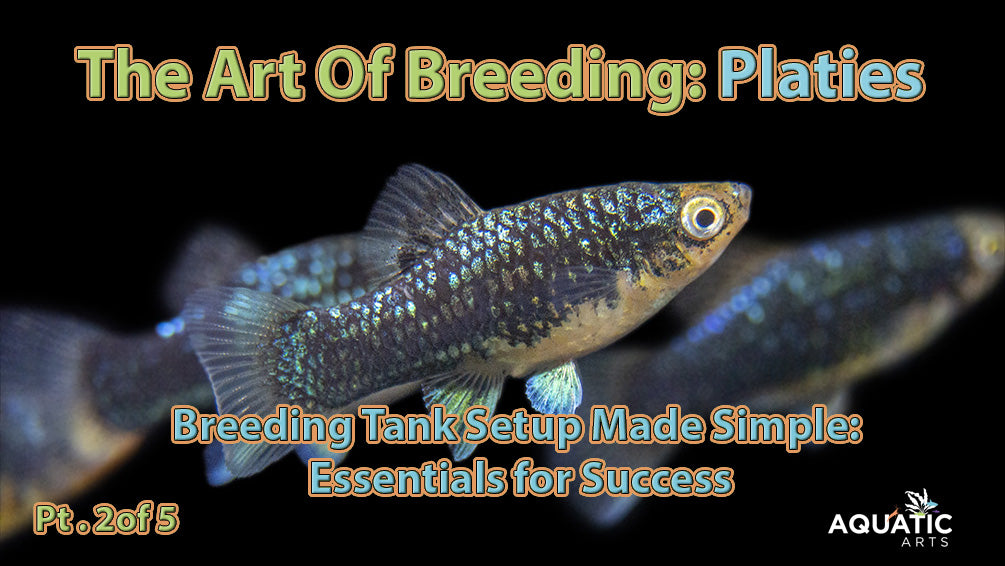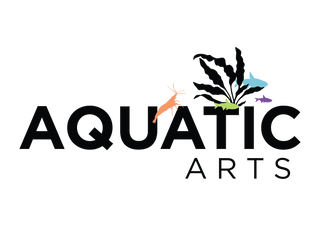Platy Breeding Tank Setup Made Simple: Essentials for Success

Creating the Perfect Tank Environment for Your Platy Trio
A stable, well-maintained tank is essential for breeding Platies successfully. In this article, we’ll cover everything you need for an ideal breeding setup, from the right tank size to water conditions and décor. With the right tank, you’ll create a safe, supportive environment for your Platy Trio to thrive.
The Basics of a Platy Breeding Tank
Tank Size and Environment
A 10-gallon tank is the recommended minimum size for breeding Platies. This provides space for three adult Platies and room for fry to safely hide. For larger groups, consider a 20-gallon tank, which helps keep water parameters stable.
Water Parameters
Platies thrive in a pH range of 7.0 to 8.0, with a temperature between 72° and 78°F. These stable conditions encourage healthy breeding and make the tank more comfortable for fry.
Hiding Spots and Décor
Adding live plants like Java Moss or Water Sprite gives fry safe hiding spots and provides a natural food source. These plants keep the tank’s water quality stable by absorbing extra nutrients.
Once your tank is set, read the next post, Platy Breeding Success: How to Choose the Perfect Trio and Recognize Breeding Signs, to learn about selecting and caring for your Trio as they begin to breed.
Q&A: Setting Up a Platy Breeding Tank
Q: What size tank is best for breeding Platies?
A: A 10-gallon tank works well, though a 20-gallon tank provides more stability.
Q: What are the ideal water parameters for a Platy breeding tank?
A: A pH of 6.8–8.0, temperature of 72°–78°F, and moderate to hard water (8–12 dGH) are ideal.
Q: Can I use a regular filter for breeding Platies?
A: Yes, but a sponge filter is gentler and prevents fry from getting sucked into the filter.
Q: How often should I do water changes in a breeding tank?
A: Weekly water changes of about 20% help maintain stable, clean water without stressing the fish.
Q: Are live plants necessary in a breeding tank?
A: Live plants are highly recommended as they offer hiding spots and improve water quality.
Q: What type of lighting is best for a breeding tank?
A: Moderate lighting is best; it keeps plants healthy without stressing the fish.
Q: Should I add any special water conditioners?
A: Basic dechlorinators and conditioners are typically all you need, but botanicals can add beneficial tannins.
Q: What is the best substrate for a Platy breeding tank?
A: Fine gravel or sand works well; it’s safe for fry and easy to clean.
Q: Can I use décor like rocks and driftwood in a breeding tank?
A: Yes! Just make sure they don’t have sharp edges and are stable, so they don’t pose a risk to fry.
Q: How can I maintain the tank temperature for breeding?
A: A reliable aquarium heater set between 72° and 78°F will keep the temperature steady.
With the right tank setup, your Platies have a safe and supportive environment for breeding. Next, we’ll help you choose the best Trio and understand the specific behaviors to look for as they start breeding.
Check out the full series in order below:
Blog 1: Why Platies Are a Beginner Breeder’s Dream Fish
Blog 2: Platy Breeding Tank Setup Made Simple: Essentials for Success
Blog 3: How to Care for Pregnant Platies and Get Your Tank Fry-Ready
Blog 4: Raising Platy Fry and Creating a Thriving Breeding Program




